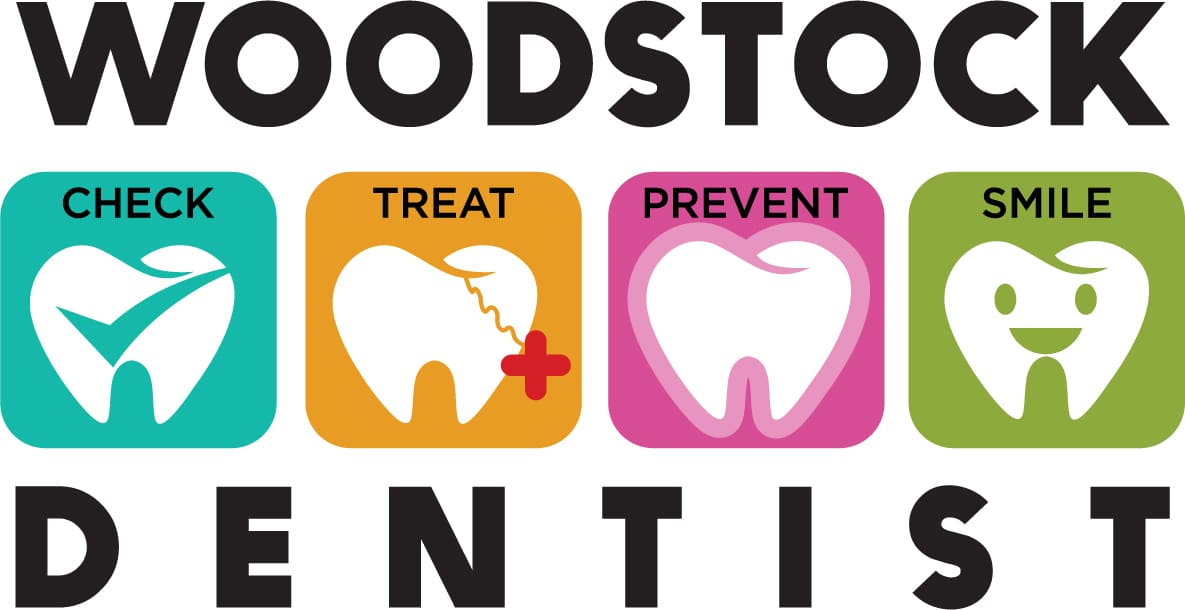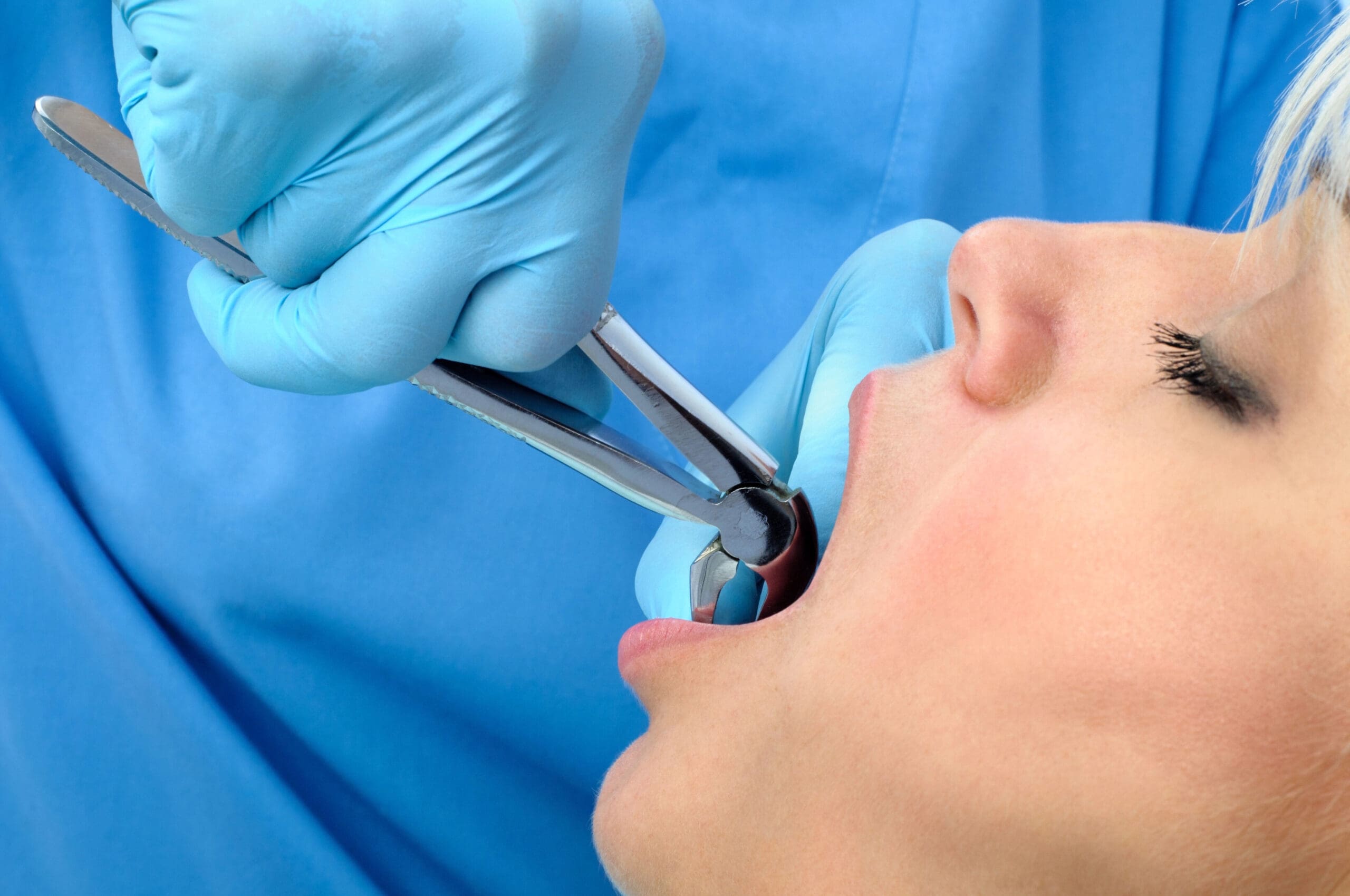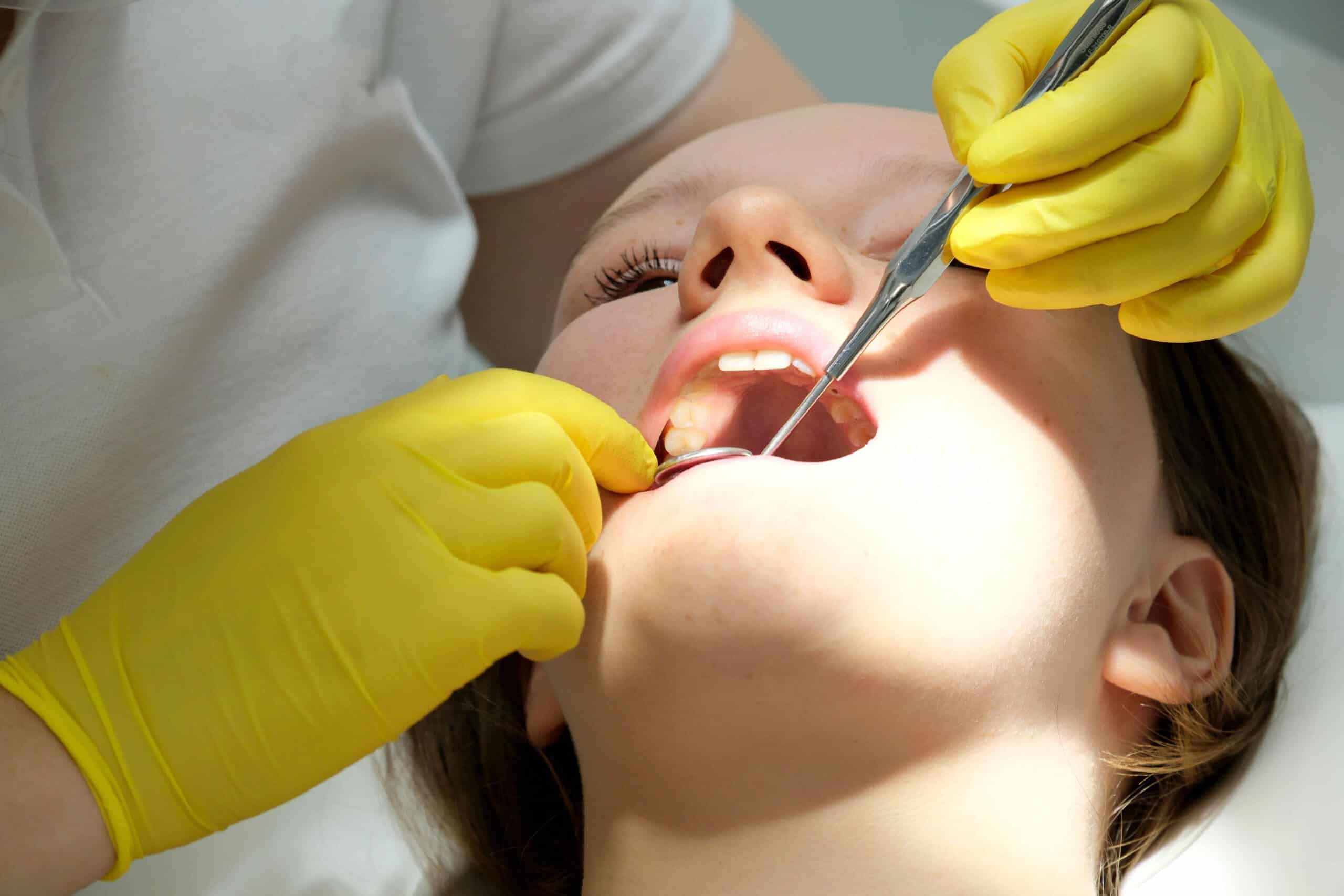Are you in urgent need of an “emergency tooth extraction near me” and seeking fast and reliable care? Finding immediate dental assistance can be crucial for alleviating pain and preventing further complications, and knowing where to turn for prompt attention can make all the difference in your dental health journey.
Emergency Tooth Extraction Near Me
Understanding emergency dental situations can be crucial for maintaining oral health and preventing further complications. When faced with sudden dental pain or injury, many individuals search for “emergency tooth extraction near me” to find immediate relief.
These situations can arise from various causes, such as trauma, severe decay, or infection, and often require prompt attention to alleviate discomfort and prevent the issue from worsening.
In some cases, the decision between a root canal and an extraction can be challenging. Understanding the differences between these procedures is essential for making informed choices about dental care. For more information on this topic, you can explore our detailed guide on Root Canal vs Tooth Extraction: Which Option Is Best?
Urgent Dental Needs
Recognizing urgent dental needs is crucial for maintaining oral health and preventing further complications. Dental emergencies can arise unexpectedly, often causing significant discomfort and anxiety. Common signs that may indicate the need for immediate attention include severe toothache, swelling, bleeding, or a knocked-out tooth.
These symptoms can be indicative of underlying issues that require prompt evaluation by a dental professional to determine the appropriate course of action.
When faced with a dental emergency, it is important to seek care from a qualified provider who can offer timely and effective treatment. Understanding the signs of urgent dental needs can help individuals make informed decisions about when to seek professional help.
For those searching for emergency tooth extraction near me, finding a reliable dental practice is essential. To learn more about available services, visit our page on Tooth Extractions Woodstock.
Common Causes for Tooth Extraction
Tooth extraction is a common dental procedure that may be necessary for various reasons. One of the primary causes is severe tooth decay, which can damage the tooth beyond repair and lead to infection if not addressed. Gum disease, or periodontal disease, is another significant factor, as it can weaken the supporting structures of the teeth, making extraction necessary.
Impacted teeth, such as wisdom teeth that do not have enough room to emerge properly, often require removal to prevent pain and misalignment. Additionally, overcrowding in the mouth might necessitate extraction to create space for proper alignment during orthodontic treatment.
Trauma or injury to the teeth can also result in the need for extraction if the damage is too extensive to restore. Understanding these common causes can help individuals recognize when a tooth extraction might be on the horizon.
Signs You Need Immediate Attention
Experiencing sudden, severe tooth pain can be alarming and may indicate the need for an emergency tooth extraction near me. If you notice swelling in your gums or face, a knocked-out tooth, or bleeding that won’t stop, these are critical signs that require prompt attention.
Additionally, if you have a tooth that is loose or has been damaged due to an accident, seeking immediate care is crucial to prevent further complications. Remember, addressing these symptoms quickly can make a significant difference in your oral health. For those in the area, Woodstock Dentist offers reliable care when you need it most.
Preparing for an Emergency Visit
When faced with a sudden dental issue, such as severe pain or a broken tooth, finding an “emergency tooth extraction near me” becomes a priority. Preparing for an emergency visit involves understanding the urgency of the situation and ensuring you have all necessary information at hand, such as your dental history and any relevant medical details.
This preparation can help streamline the process, allowing dental professionals to provide the fast and reliable care you need during an emergency tooth extraction.
What to Expect During Extraction
When you search for “emergency tooth extraction near me,” it’s important to know what to expect during the procedure. Typically, the process begins with a thorough examination and X-rays to assess the condition of the affected tooth and surrounding areas. Once the dentist has a clear understanding, they will administer a local anesthetic to numb the area, ensuring minimal discomfort during the extraction.
The dentist will then carefully remove the tooth, taking care to preserve as much of the surrounding bone and tissue as possible. After the extraction, you may receive instructions on how to care for the site to promote healing. Understanding these steps can help alleviate anxiety and prepare you for a smooth experience.
Recovery After Tooth Extraction
After undergoing an emergency tooth extraction near me, understanding the recovery process is essential for ensuring a smooth healing journey. The body naturally begins to heal immediately after the procedure, with the initial focus on clot formation to protect the exposed area. Swelling and discomfort are common in the first few days, gradually subsiding as the healing progresses.
It’s important to allow time for the body to recover fully, which typically spans a few weeks. During this period, maintaining a gentle approach to oral hygiene and being mindful of dietary choices can support the body’s natural healing mechanisms.
Managing Pain Post-Extraction
After undergoing an emergency tooth extraction near me, managing pain effectively is a crucial part of the recovery process. It’s common to experience some discomfort following the procedure, as the body begins to heal. The level of pain can vary depending on the complexity of the extraction and individual pain tolerance.
While the initial discomfort is a natural response, it typically subsides as the healing progresses. It’s important to be aware of the normal healing process and understand that some swelling and tenderness are expected. If you have concerns about your pain levels or recovery, seeking professional advice is always a prudent step.
Importance of Timely Dental Care
When faced with sudden dental pain or injury, the urgency of finding “emergency tooth extraction near me” becomes paramount. Timely dental care is crucial in preventing further complications that can arise from untreated dental issues. Ignoring or delaying treatment can lead to increased pain, infection, and more complex dental problems that may require extensive procedures.
Seeking immediate attention ensures that any underlying issues are addressed promptly, helping to maintain overall oral health and prevent the escalation of dental emergencies.
Conclusion
In times of dental distress, finding “emergency tooth extraction near me” is crucial; for fast and reliable care, call 678-483-5999 or check out the reviews on Google Maps.








